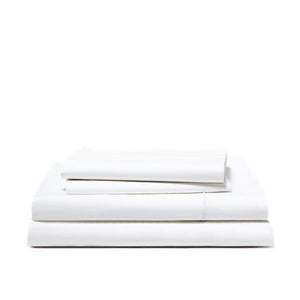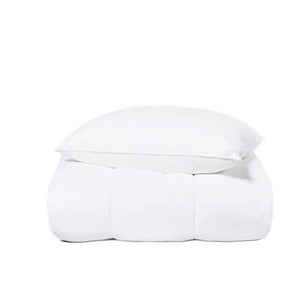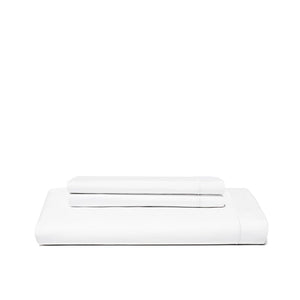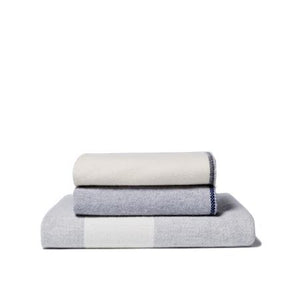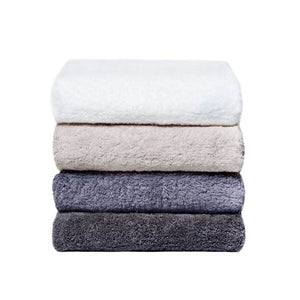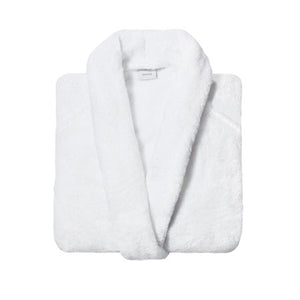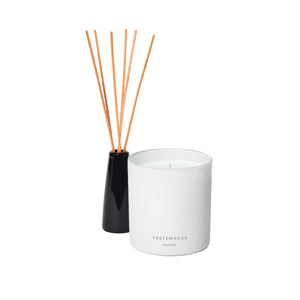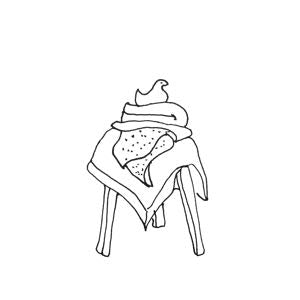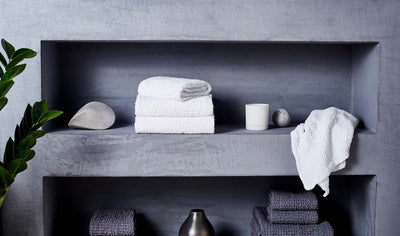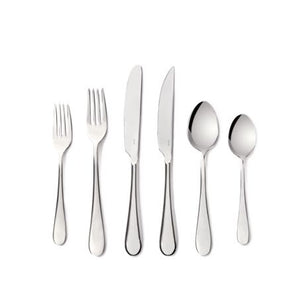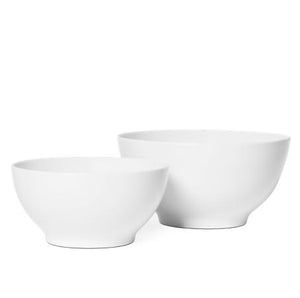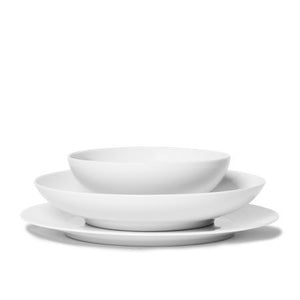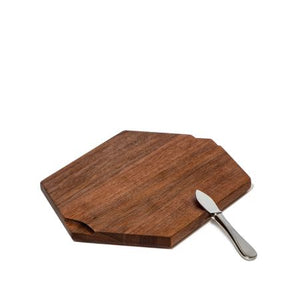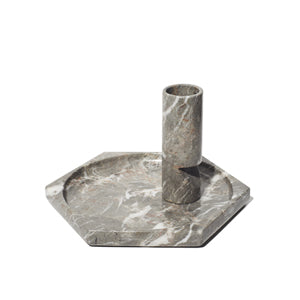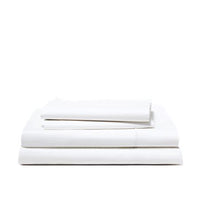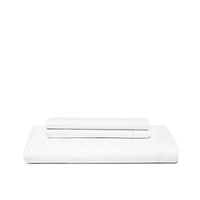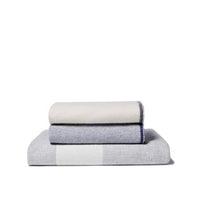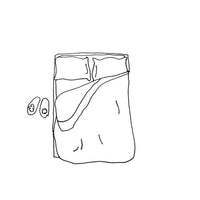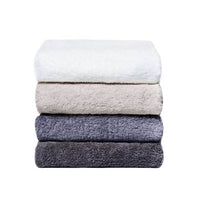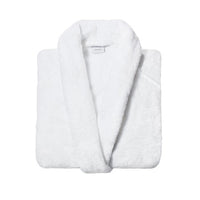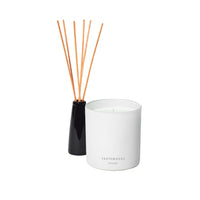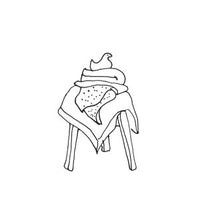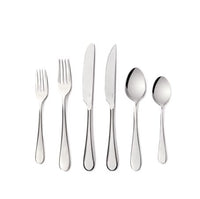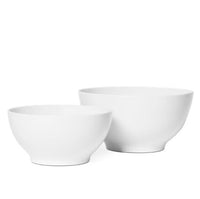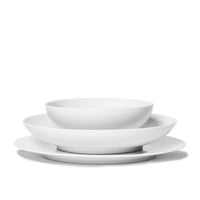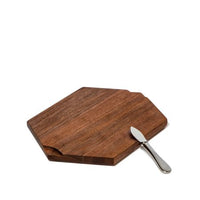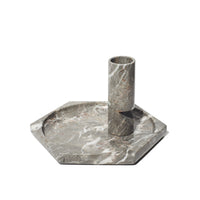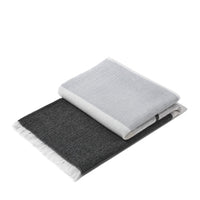Struggling to dry your down comforter efficiently? Wondering about the best methods to avoid clumping and maintain its fluffiness?
To dry a down comforter properly, use a large-capacity dryer on low heat. Add clean tennis balls to prevent clumping and ensure even drying. Check periodically to fluff and redistribute the filling, and avoid direct sunlight, which can damage the fabric and filling.
Curious about more tips and tricks? Our guide is packed with detailed steps and helpful advice to keep your comforter in top shape!
Preparing Your Down Comforter for Drying

Before you start drying your down comforter, there are a few things you need to do to prepare it. Follow these steps to ensure your comforter dries properly and remains in good condition.
Assessing the Comforter's Condition
Before you start washing your down comforter, assess its condition. Check for any stains, rips, or tears.
If there are any stains, pre-treat them with a gentle laundry detergent. If there are any rips or tears, repair them before washing the comforter. This will prevent further damage during the washing and drying process.
Washing the Comforter
To wash your down comforter, use a gentle laundry detergent. Avoid using fabric softeners or bleach, as they can damage the down filling.
Set your washing machine to a gentle or delicate cycle with a cold water temperature. Run the rinse cycle twice to ensure all the detergent is removed from the comforter.
Removing Excess Water
Squeeze out any excess water by pressing down on the comforter. Avoid twisting or wringing the comforter as this can damage the down filling.
You can also run the comforter through a spin cycle in the washing machine to remove excess water.
Choosing the Right Drying Method for Your Down Comforter

When it comes to drying your down comforter, there are two main options: using a dryer or air-drying. Each method has its own advantages and disadvantages, so it's important to choose the right one for your comforter.
Using a Dryer
If you decide to use a dryer, make sure it has a large capacity to accommodate your comforter. You should also use a low heat setting to avoid damaging the down fill.
To prevent clumping, add a few tennis balls or dryer balls to the dryer. These will help to fluff up the comforter as it dries and distributes the down evenly.
It's important to periodically pause the drying cycle and rearrange the comforter to ensure even drying. Clean the dryer lint filter frequently during the cycle to increase air flow. Adding the occasional dry towel or dryer balls will also help speed up the drying process.
If you don't have a large-capacity dryer, consider taking your comforter to a dry cleaner. They have the equipment to handle large items like comforters and will ensure that your comforter is properly dried and fluffed.
Air-Drying Options
If you prefer to air-dry your comforter, you have a few options.
You can hang it on a clothesline or drying rack or lay it flat on a clean, dry surface. If you choose to hang it, make sure to use clothespins or hangers to prevent it from slipping off.
If you have access to sunlight, laying your comforter outside on a sunny day can help to fluff up the down and freshen it up naturally. However, avoid leaving it in direct sunlight for too long, as this can cause the fabric to fade.
It's important to periodically fluff and rearrange the comforter during the drying process to ensure even drying. Depending on the size of your comforter and the humidity in your home, air drying can take several days to a week.
Drying the Down Comforter

After washing your down comforter, it is important to dry it properly to maintain its fluffiness and warmth. There are two main methods for drying a down comforter: using a dryer or air-drying.
Dryer Settings and Techniques
If you choose to use a dryer, set it to a low heat setting to avoid damaging the down filling.
You can add a few clean tennis balls or wool dryer balls to the dryer to help fluff up the comforter as it dries. The tumbling motion of the balls prevents them from clumping together.
Be sure to remove the comforter from the dryer every 30 minutes to check for damp spots and to fluff it up manually.
If you have a large comforter, you may need to use a commercial dryer at a laundromat to ensure it dries evenly. When using a commercial dryer, use a low heat setting and check on the comforter every 20 minutes.
Air-Drying Techniques
Air-drying your comforter is another option, but it may take longer than using a dryer.
If you choose to air-dry your comforter, lay it flat on a drying rack or a clean, flat surface. Avoid hanging it on a clothesline or drying it in direct sunlight, as the heat can damage the down filling.
If you live in a humid area, your comforter may take several days to dry completely. You can speed up the drying process by placing a large fan near the comforter or by using a dehumidifier in the room.
Alternatively, you can take your comforter to a professional dry cleaner who specializes in down-filled items. They have the equipment and expertise to ensure your comforter is cleaned and dried properly.
Post-Drying Care for Your Down Comforter

Fluffing the Comforter
After drying your down comforter, you may notice that it has lost some of its fluffiness. Don't worry, this is normal.
To restore its fluffiness, you can fluff the comforter by hand. Simply grab the edges of the comforter and shake it vigorously. This will help to redistribute the down and restore its loft.
Another way to fluff up your comforter is to add a couple of clean tennis balls or canvas shoes to the dryer.
As the comforter tumbles around in the dryer, the tennis balls or shoes will help to break up any clumps and fluff up the down.
Inspecting for Dampness
Before storing your down comforter, it's important to make sure that it is completely dry. Even a small amount of moisture can cause mold or mildew to grow, which can ruin your comforter.
To check for dampness, give your comforter a sniff. If you detect any musty or damp odors, it's not completely dry. You should put it back in the dryer for another cycle.
You should also inspect your comforter for any damp spots. Run your hand over the comforter's surface to ensure it feels dry and evenly distributed. If you find any damp spots, put the comforter back in the dryer and dry it for another cycle.
Maintenance and Storage Tips for Down Comforters

Regular Maintenance
To ensure that your down comforter stays in good condition, you should take care of it regularly.
One of the most important things you can do is to use a duvet cover to protect the comforter from dirt and oils. You should also wash the duvet cover regularly to keep it clean.
When it comes to cleaning the comforter itself, you should follow the manufacturer's instructions.
Most down comforters can be washed with a mild detergent in a large front-loading washing machine. Avoid using bleach or fabric softeners, as they can damage the down filling. After washing, dry the comforter thoroughly to prevent mold and mildew growth.
Proper Storage Techniques
When you're not using your down comforter, it's important to store it properly to prevent damage.
The best way to store a down comforter is to fold it neatly and place it in a cotton storage bag. Avoid storing the comforter in plastic, as this can trap moisture and lead to mold growth.
It's also important to keep your down comforter in a cool, dry environment.
Avoid storing it in a damp basement or attic, as this can lead to mold and mildew growth.
If you're storing your comforter for an extended period of time, it's a good idea to air it out every few months to prevent musty odors.
Finally, you should be aware that down comforters can attract dust mites, which can trigger allergies.
To minimize the risk of allergies, you should wash your comforter regularly and use a dust mite cover on your mattress.
Fixing Common Down Comforter Issues

Dealing with Clumping
If your down comforter has clumped together after washing or drying, don't worry. It's a common issue that can be easily fixed.
You can try the following steps to fix the problem:
-
Fluff it up: Give your comforter a good shake to distribute the feathers evenly. You can also try tossing a few clean tennis balls or dryer balls into the dryer with your comforter to help fluff it up.
-
Dry it thoroughly: Make sure your comforter is completely dry before storing it. Wet-down feathers can clump together and cause a musty odor or even mold growth.
-
Avoid Overcrowding: If you have a large comforter, it may be tempting to wash and dry it with other items. However, overcrowding the machine can cause your comforter to clump together.
Removing Odors and Stains
Your down comforter may develop an unpleasant odor over time, especially if it needs to be washed and dried properly. Here are a few tips to remove odors and stains:
-
Spot Clean: If you notice a small stain, try spot cleaning it with a mild detergent and warm water. Dab the stain gently with a clean cloth until it disappears.
-
Wash and Dry: If your comforter has a strong odor or multiple stains, it's time to give it a full wash. Use a mild detergent and run it through a gentle cycle. Make sure to dry it thoroughly.
-
Keep it Fresh: To keep your comforter smelling fresh, you can add a few drops of essential oil to your dryer balls or toss in a fabric softener sheet.
Addressing Mold and Mildew
Mold and mildew can be a serious problem if your down comforter gets wet or is not dried properly. Here are some steps you can take to address mold and mildew:
-
Air it out: If you notice a musty odor, hang your comforter outside in the sun for a few hours. Fresh air and sunlight can help kill mold or mildew spores.
-
Wash and Dry: If the odor persists, it's time to give your comforter a full wash. Use a mild detergent and run it through a gentle cycle. Make sure to dry it thoroughly.
-
Prevent Future Issues: To avoid mold and mildew growth, make sure to store your comforter in a dry, cool place. Avoid storing it in a damp basement or attic.
Conclusion
Drying a down comforter can be a bit challenging, but it is essential to maintain its fluffiness and warmth. By following the right techniques, you can ensure that your comforter dries properly without getting damaged.
Make sure the comforter is completely dry to avoid mildew and mold. Opt for a large front-loading dryer, and always check the care label for specific instructions. Some comforters may require special care, such as dry cleaning or air-drying, to maintain their quality and lifespan.
Ready to take the best care of your comforter? Visit Snowe Home for more tips and high-quality bedding products!
Frequently Asked Questions
Can you machine wash and dry a down comforter without causing damage?
Yes, you can machine wash and dry a down comforter without causing damage. However, it is important to follow the manufacturer's instructions and use a gentle cycle with a mild detergent.
It is also recommended to use a front-loading washer, as top-loading washers can agitate the comforter too much and cause damage to the down filling. When drying, use a low heat setting and add clean tennis balls or canvas shoes to the dryer to fluff up the comforter.
What is the best way to air dry a down comforter?
The best way to air dry a down comforter is to hang it outside on a clothesline or drying rack.
Shake the comforter periodically to fluff up the down filling and prevent clumping. Avoid direct sunlight, as this can cause the down filling to break down and lose its loft.
If you need to dry the comforter indoors, place it on a flat surface and use a fan to circulate air around it.
How can you fluff a down comforter after drying it?
To fluff a down comforter after drying it, you can add clean tennis balls or canvas shoes to the dryer during the drying cycle.
You can also fluff the comforter by hand or use a handheld vacuum to suction the down filling and restore its loft gently. Make sure to avoid using a regular vacuum, as this can damage the down filling.
What type of detergent is recommended for washing a down comforter?
A mild detergent is recommended for washing a down comforter. Avoid using fabric softeners or bleach, as these can damage the down filling.
It is also important to rinse the comforter thoroughly to remove all soap residue.
Make sure to follow the manufacturer's instructions. Use a low heat setting, and add clean tennis balls or canvas shoes to the dryer to fluff up the comforter.
